For the uninitiated, Professor Gordon Murray is the man who designed the iconic McLaren F1 and the radical Brabham BT55 Formula One car. Why this introduction? So you know the person and also his iconic creations before we tell you more about the T.50 – a supercar which improves upon the charming brilliance of the McLaren F1 and has been engineered to be the most driver-centric machine ever!

Limited to a production of just 100 units, the GMA (Gordon Murray Automotive) T.50 is unlike any other modern supercar out there. It doesn’t boast of monstrous output numbers and the fastest Nurburgring lap time. Doesn’t mean that the T.50 is slow by any standards, it just chooses to focus on what matters most.
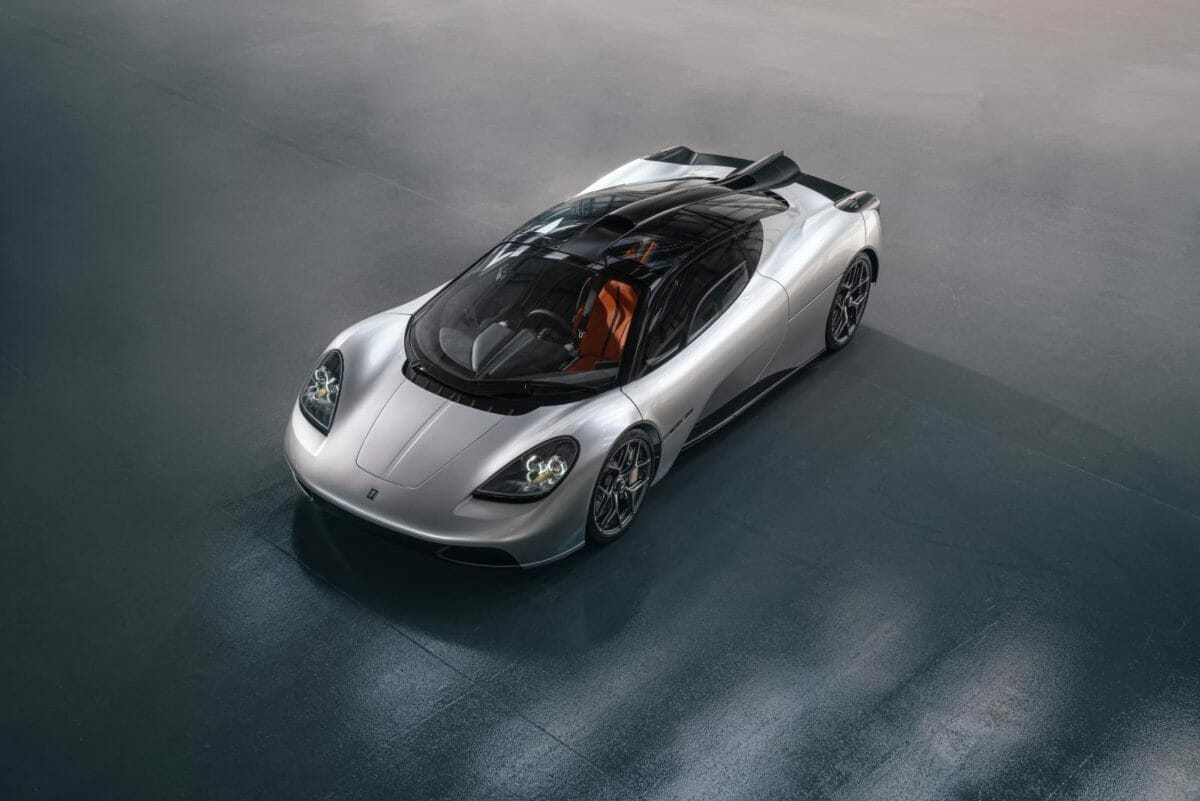
For instance, it weighs a mere 986 kilos and that’s not its dry weight, which makes it the lightest supercar of the modern era, lower than the average supercar weight by almost a third! And that mass is propelled by a bespoke, 3.9-litre V12 which has been developed by Cosworth and claims to be the world’s lightest (178 kg), highest-revving, and most power-dense (166PS-per-litre) naturally-aspirated road car engine! Still not impressed? The motor revs all the way to 12,100 rpm and boasts of a mind-numbing throttle response time of 28,400 revs per second! It promises the best V12 sound ever and for numbers’ sake, it cranks out 663PS @ 11,500rpm and 467Nm @ 9,000rpm where 71% of max torque is available from 2,500rpm. Murray insists that the engine contributes to at least 50% of a great driving experience and a turbocharged motor just doesn’t do it.
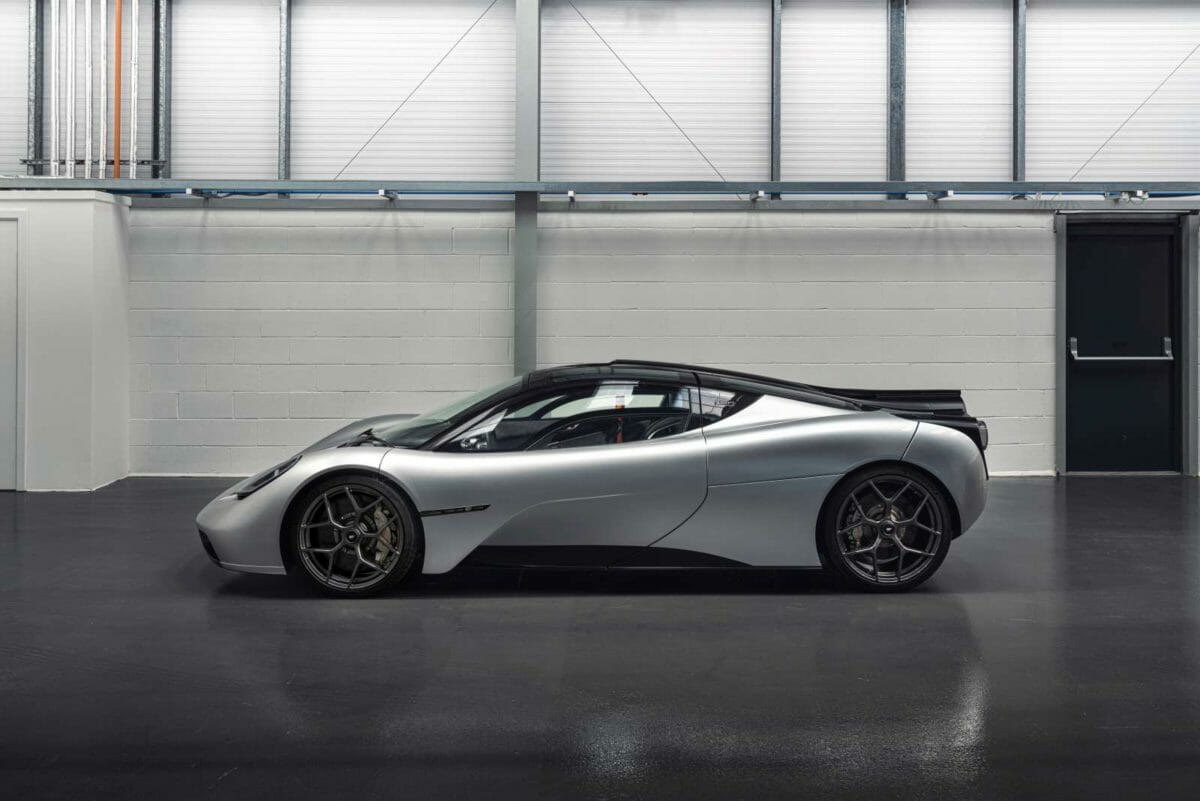
The car also features Direct Path Induction Sound – a system pioneered on the McLaren F1 and refined on the T.50 to channel the sound of the throttle-induced induction growl into the cabin. A cold-air ram induction intake sits immediately above the driver’s head, and carefully crafted carbon fibre panels in the roof act as a loudspeaker, amplifying engine sound within the cabin. The system is actuated by throttle angle and not revs, meaning the T.50 is quiet and refined on part throttle, growing louder as the throttle opens.
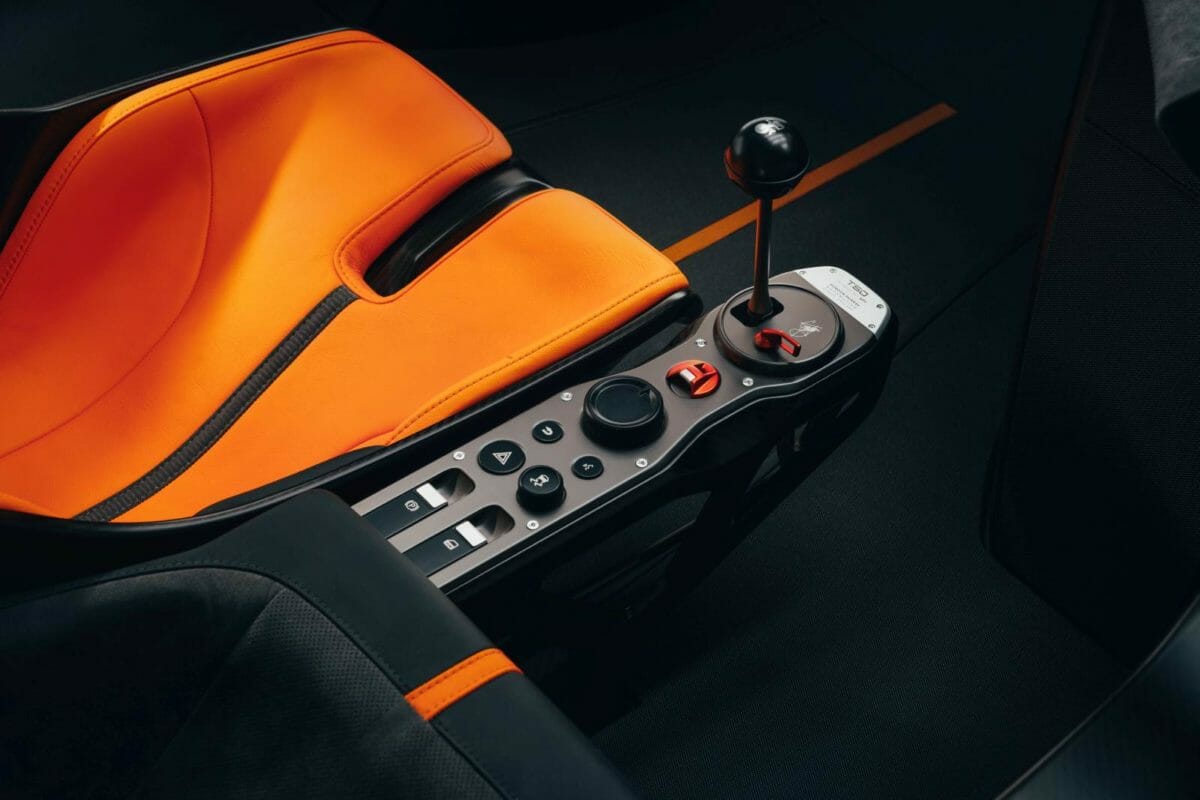
From communicative steering, which delivers pinpoint accuracy, to the weighting of the six-speed manual transmission and titanium throttle pedal, the engineering focus has always been on driving perfection. During testing, the manual H-pattern gearchange motion and weighting was honed meticulously. Signed-off personally by Murray, the T.50 promises to provide ‘the ultimate gear change’ – a tactile short throw with a narrow cross gate for smooth, crisp, satisfying gearchanges. The Xtrac-sourced manual H-pattern six-speed transmission has five close ratios, geared for acceleration, with a longer sixth ratio for cruising. Its casing engineered from aluminium which was cast at just 2.4mm thickness, the entire gearbox weighs just 80.5 kilos!
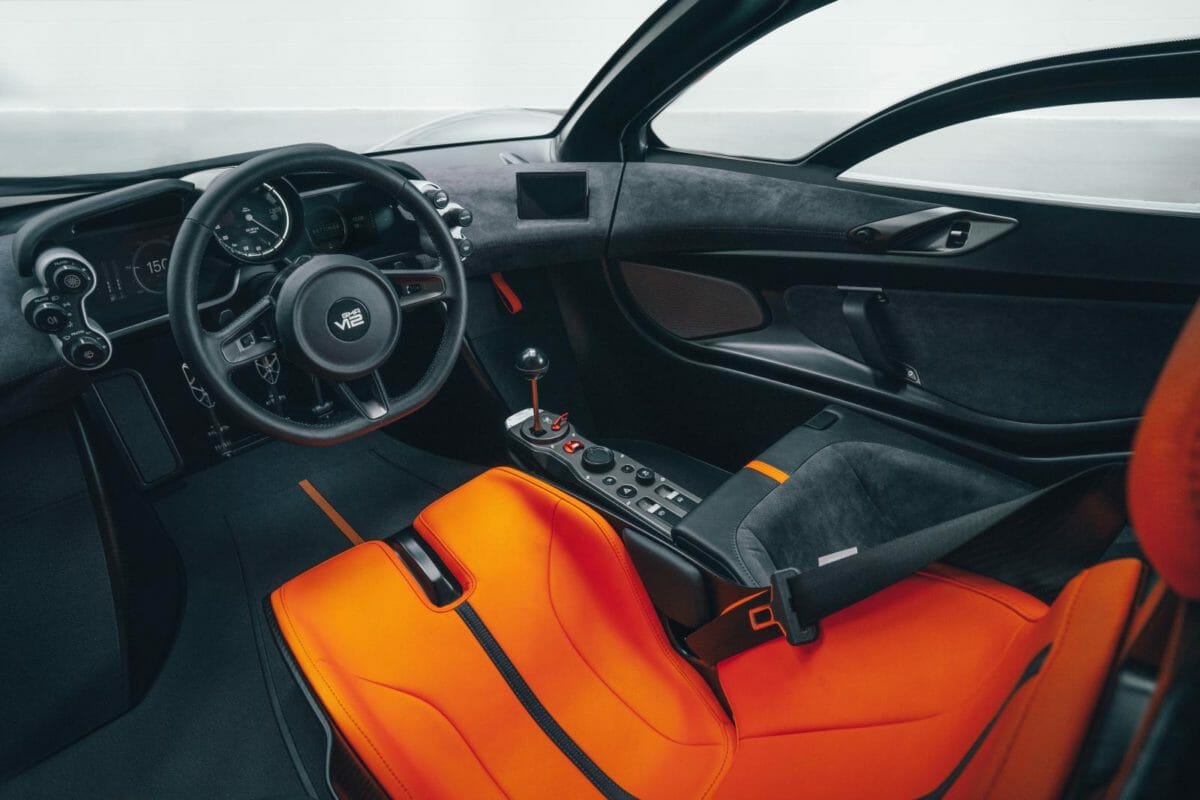
Murray mentions that the McLaren F1 was a car which was difficult to manoeuvre at parking speeds. For the T.50, everything had to be pure but practical too. So they developed a steering system which is mildly assisted only at really low speeds and things go back to being a simple rack and pinion setup once the car gains momentum.
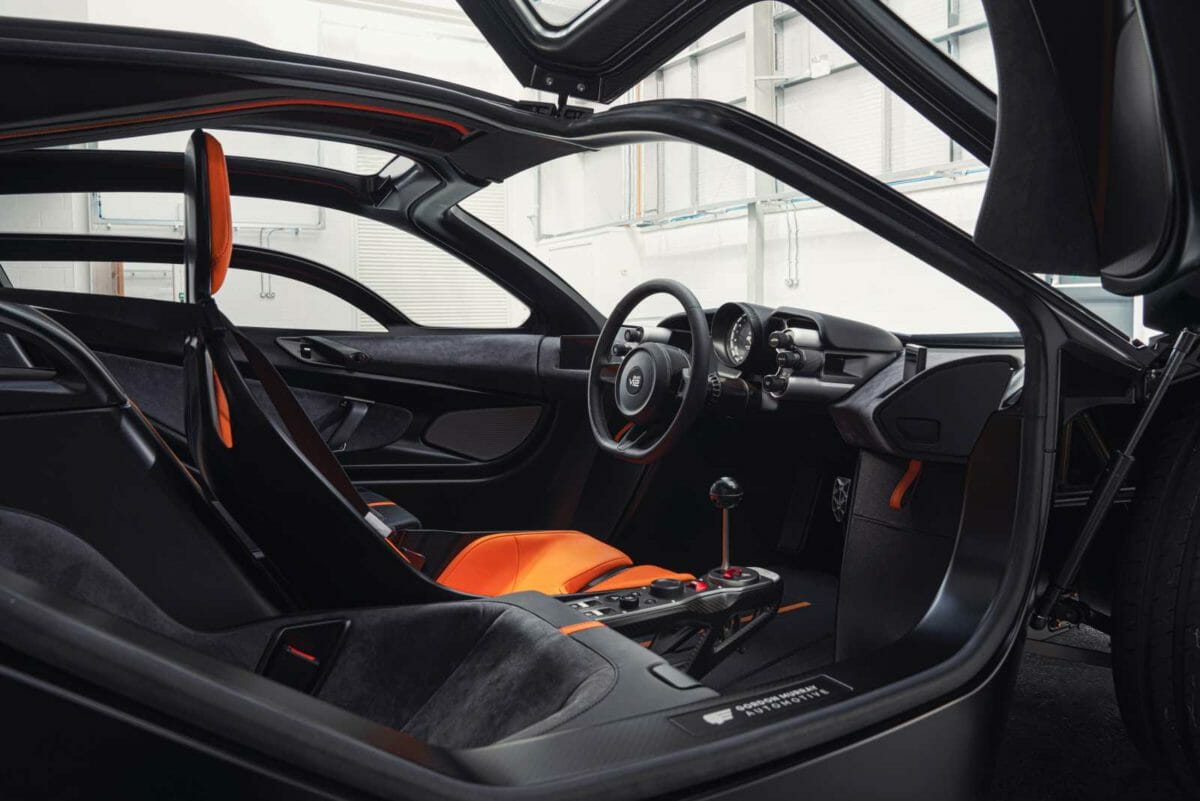
Inside the cabin, the driver is seated in the centre and since they had to move the seat forward to stick to their driver-focused plan, the ORVMs could not be mounted near the A-pillar and had to jut out like antennas from the front fender. But that would’ve spoiled the clean design. So they fitted cameras instead which relay a feed inside the cabin. The dials are electronic (except for the analogue rev counter) but do not display any fancy colours and instead, keep it simple with black and white elegance for easy readability. The Jet fighter-style central driving position ensures optimal visibility, balance and totally-immersive driving experience. There’s also a premium audio sound system – 10 speakers, 700W, with Android Auto / Apple CarPlay and Bluetooth phone connectivity.

Each customer will have a personalised seat fitting during the specification process, at the same time adjusting the steering wheel height and reach and fine-tuning the set-up of the pedal box. In keeping with much of the rest of the car, each pedal is milled from solid aluminium for strength and lightness and laser-etched with the T.50 name, the clutch and brake pedals both feature a web-like pattern to save weight and provide an anti-slip surface. The accelerator pedal is crafted from solid titanium to deliver the lightest, strongest pedal that delivers ultimate control and sensitivity to the driver. To the right of the driver, the titanium gearstick sits on an arm that extends alongside the driver’s seat. The underside of the arm ‘floats’ above the cabin floor to reveal the expertly-crafted titanium gearchange mechanism.
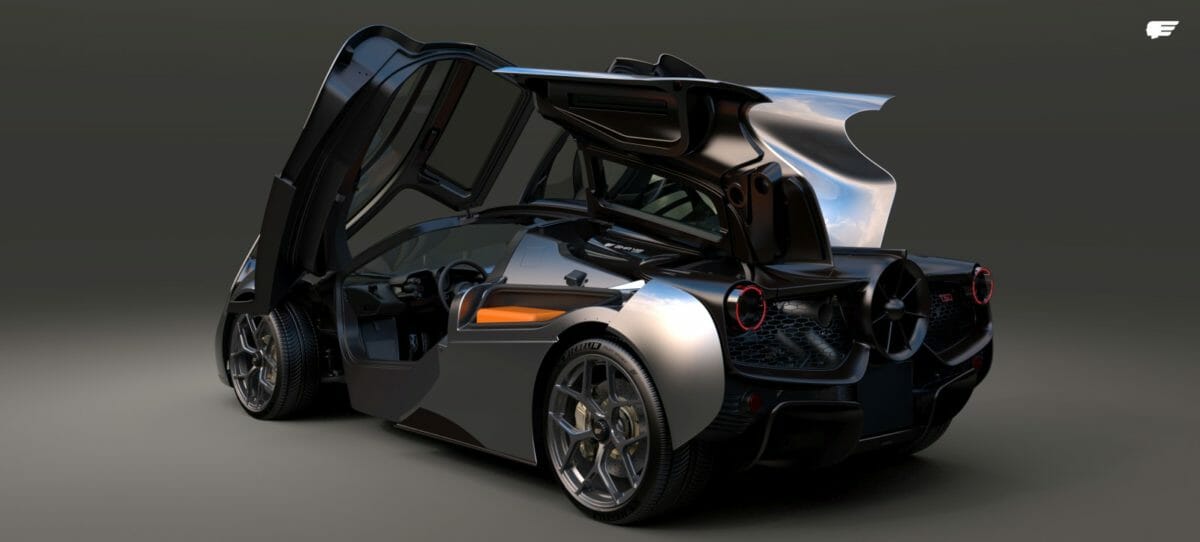
The chassis and body of the T.50 are entirely constructed from high-grade carbon fibre. Creating inherent stiffness and torsional rigidity, carbon fibre plays an important role in making T.50 the world’s lightest supercar. About the advancements in the development of the material which helped in the development of the car, Murray says, “With the design of our T.50 supercar, we are taking the same focused approach that was applied to the design of the McLaren F1. Thanks to modern materials and 30 years of development, we have been able to deliver a far better all-round car in the T.50, while setting its weight at just 986kg, a full 150kg lighter than the F1.”
One look at the T.50 and you’d be surprised how clean it appears and there isn’t a massive wing or razor-sharp panels sticking out on the sides or upfront or at the back. The reason behind this is that Murray wanted the T.50’s design to be neat and just as he did with the Brabham BT46 F1 car, the T.50 takes road-car aerodynamics to entirely new levels. In his words, “We were focused on achieving the purest possible form for the T.50, an objective we’ve achieved through world-first engineering innovations and active underbody aerodynamics.”
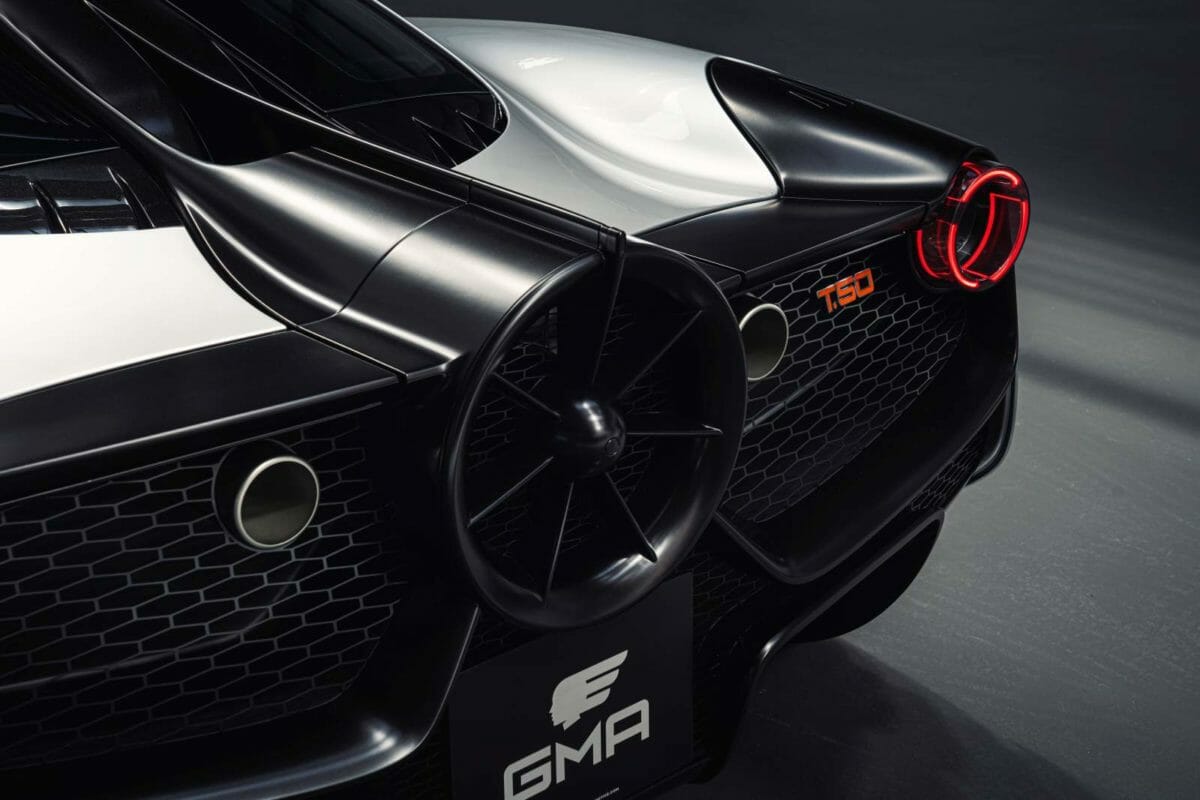
Murray rewrote the rule book to significantly enhance the supercar’s ground-effect capabilities. To achieve unmatched aerodynamic performance, the car’s rear-mounted 400mm fan rapidly accelerates air passing under the car, forcing it through active boundary-layer control ducts that form part of the rear diffuser. Through the application of two automatic and four driver-selected aero modes, the T.50 is capable of increasing downforce by 50%; reducing drag by 12.5%; adding around 50PS to the car’s output in combination with ram-air induction, and cutting the braking distance by 10m from 150mph.
The fan and its associated ducting system improve on conventional ground-effect systems by actively managing both underbody and over body airflow. This boundary layer control ensures the most effective interaction of airflow on top of, and below the car, balancing drag and downforce at all speeds. This same fan-assisted aerodynamic-enhancement was first used for the road on Murray’s F1 supercar. Few realise that two fans had been employed to pull air from under the car as these, far smaller, fans were hidden beneath each of the F1’s rear haunches.
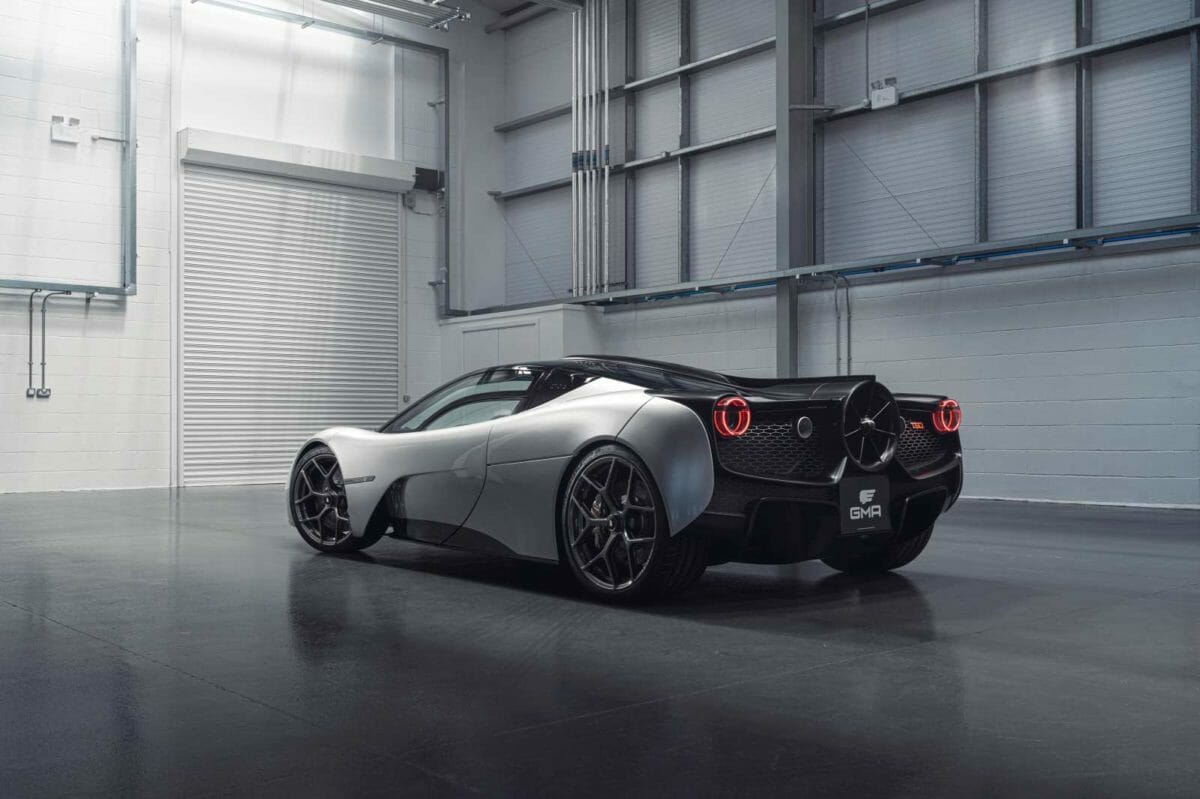
The underbody airflow system not only enhances performance but also allows the purity of design for the car’s upper surfaces. Air flows over the top of the car undisturbed by unsightly vents, ducts, or flaps. The fan interacts with a pair of active spoilers at the rear, which can contribute to downforce or reducing drag, as required. The fan is driven by a lightweight 48-volt motor, spinning at up to 7,000rpm. The unit’s design and underbody ducting do away with the need for a ‘skirt’ Vertical inlet ducts fitted with filters ensure no road debris can pass through the fan.
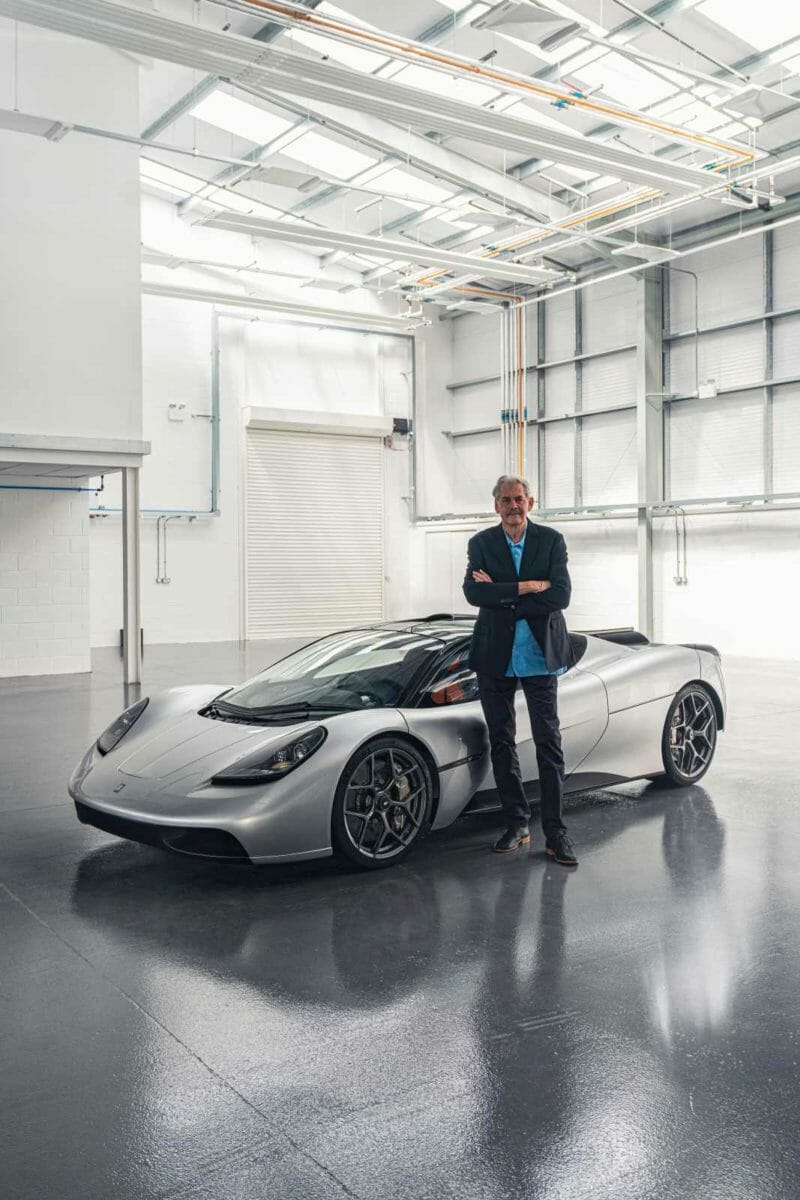
The T.50 features six different aero modes that optimise performance for different scenarios to balance traction and outright performance. The fan aero system has six modes – two are automatic (Auto and Braking), the remaining four (High Downforce, Streamline, V-Max Boost and Test Mode) are driver-selectable. Auto Mode is the car’s default setting. In this mode, the T.50 operates like an ordinary supercar with passive ground-effect downforce.‘Braking Mode’ automatically deploys the rear spoilers to their maximum (+45 degree) angle when high levels of deceleration are required. The fan also operates simultaneously at high speed while the diffuser valves open. This function can double downforce, enhancing stability and grip, and shortening the 150mph-to-0mph braking distance by a full 10 metres.
If sudden deceleration is required, and when aerodynamics could influence stopping distance, Braking Mode overrides all other modes.‘High Downforce Mode’ is driver-selectable and delivers enhanced traction – in this mode, the rear spoilers deploy at +10 degrees, diffuser valves open, and the fan spools up to increase downforce by 50%.‘Streamline Mode’ cuts drag by 12.5% and boosts straight-line speed while also reducing fuel consumption and downforce. In this mode, the rear spoilers deploy to -10 degrees reducing base suction and drag. The diffuser valves close partially, stalling the diffuser and reducing downforce, which saves wheel travel to make the car more comfortable and efficient. It also sets the fan to operate at high speed, drawing air from the top deck to minimise drag while extending the trailing wake of the car, creating a ‘virtual longtail’ and producing 15kg of thrust.
‘V-Max Boost’ is the most extreme T.50 mode. It uses the characteristics of Streamline Mode, then uses the car’s 48-volt integrated starter-generator to drive the fan – freeing up power to the driveshaft. Combined with the ram-air induction, this boosts power to 700PS for short bursts of acceleration. ‘Test Mode’ operates when the car is stationary and is driver-selected. The fan spools up to its maximum 7,000rpm, the twin rear spoilers cycle through their full range of movement and the diffuser ducts/valves progressively open and close before returning to their rest position. Monitoring the level of static and underbody pressure provided by the combined fan and diffuser system is possible via an interior gauge – displayed on the left-hand dashboard screen.
In terms of overall proportions, the T.50 is extremely compact. Its 4,352mm length and 1,850mm width belie the generous interiors space, with room for three occupants and up to 288 litres of belongings. The addition of rear-view cameras (to be finalised during the next stage of the development process) will add no extra width and allow the car to avoid the weight, drag and unsightly clutter of external mirror housings. A third camera will sit in the centre spindle of the fan, providing a perfect rear view for reverse parking.
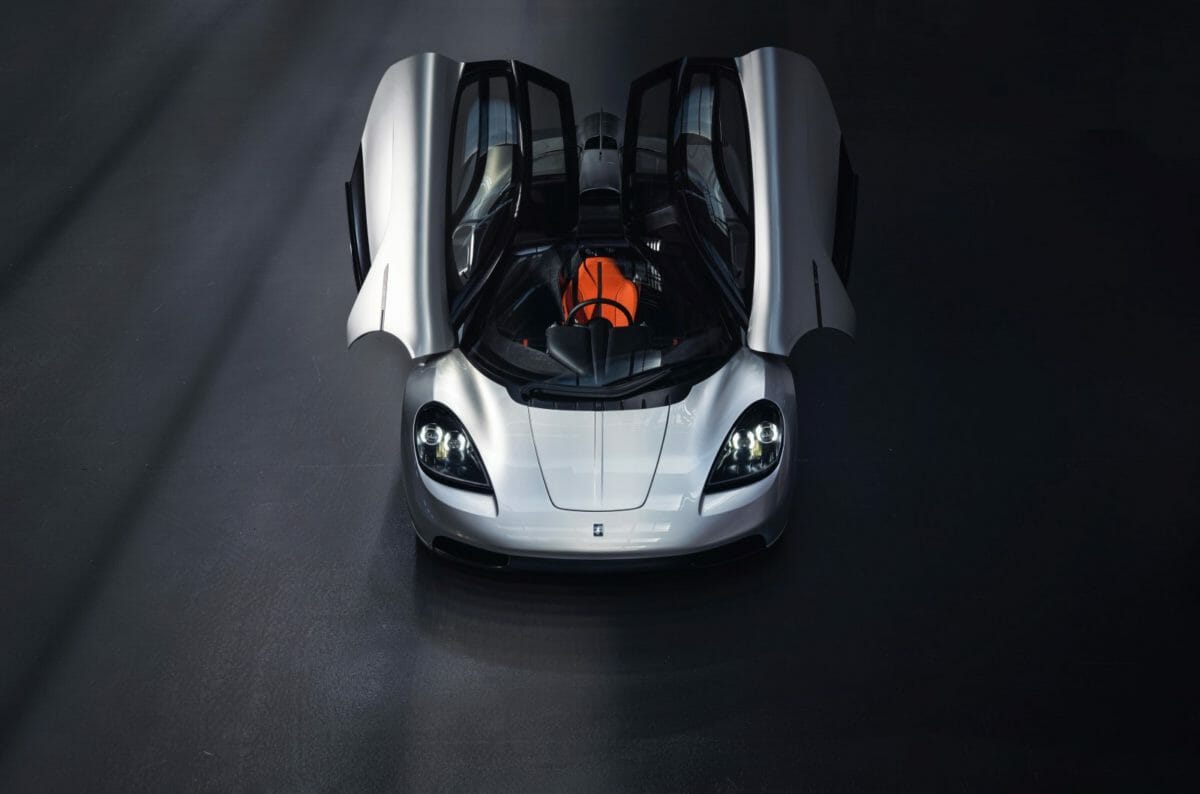
During the car’s development, owners have been given first sight of vehicle designs, engineering milestones and project updates. Moving closer to the car’s 2022 manufacturing date, customers will be invited to set up their car to fit them perfectly, while customisation of colours and interior will allow individualisation of the strictly limited 100 T.50 models. Murray has met or spoken to every buyer and will hand over every car collected from the Gordon Murray Automotive’s UK customer reception centre. Around the world, T.50 owners will have access to a service network in the UK, US, Japan, and Abu Dhabi – with a ‘flying technician’ service supporting these and all other markets.
Throughout the build of their car at Gordon Murray Automotive’s UK production base, customers will be kept informed of the status of their car and will have the option to visit their car during the build. Following collection, owners will be offered tailored experiences to continually enhance their ownership of the world’s most driver-centric supercar. What’s the price one pays for what is an enthusiast’s dream build? £2.36m (before taxes)! Like we did it during simpler times, we’ve already printed some wallpapers.
